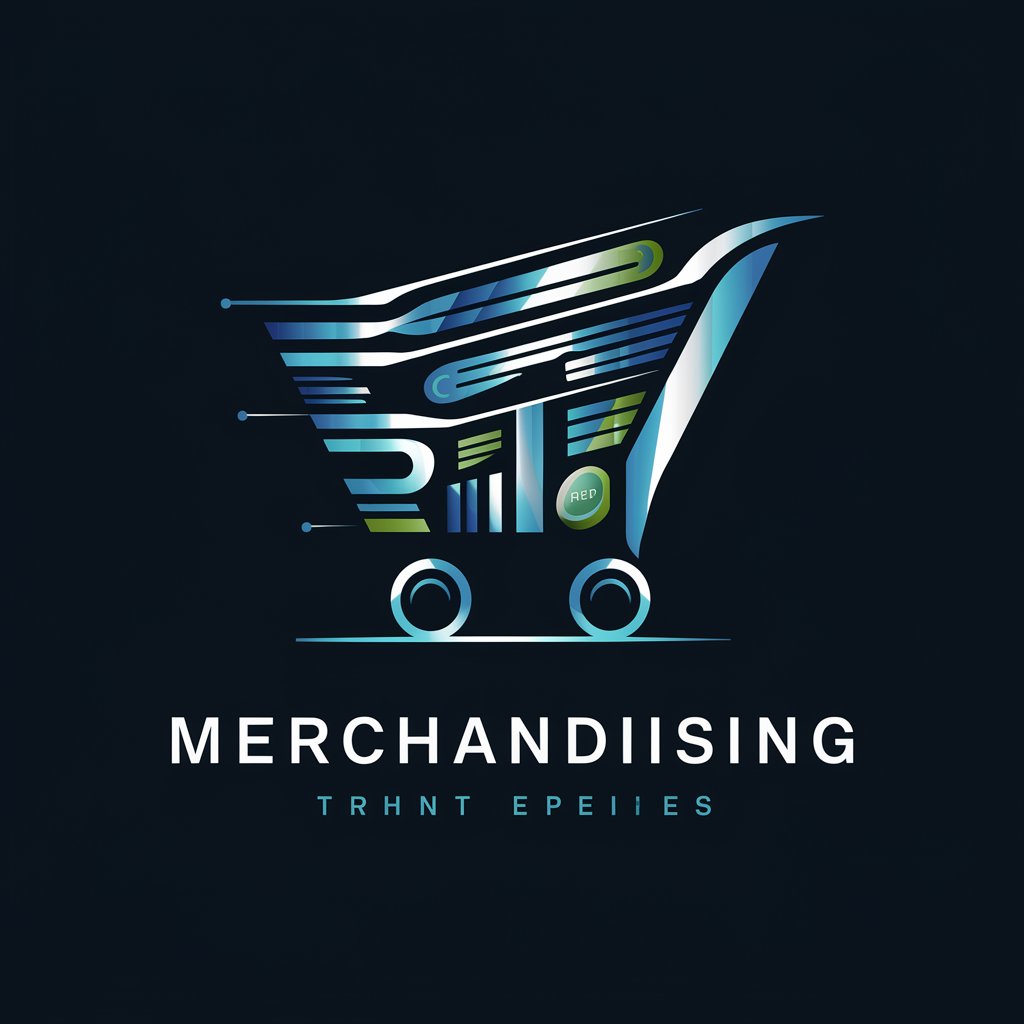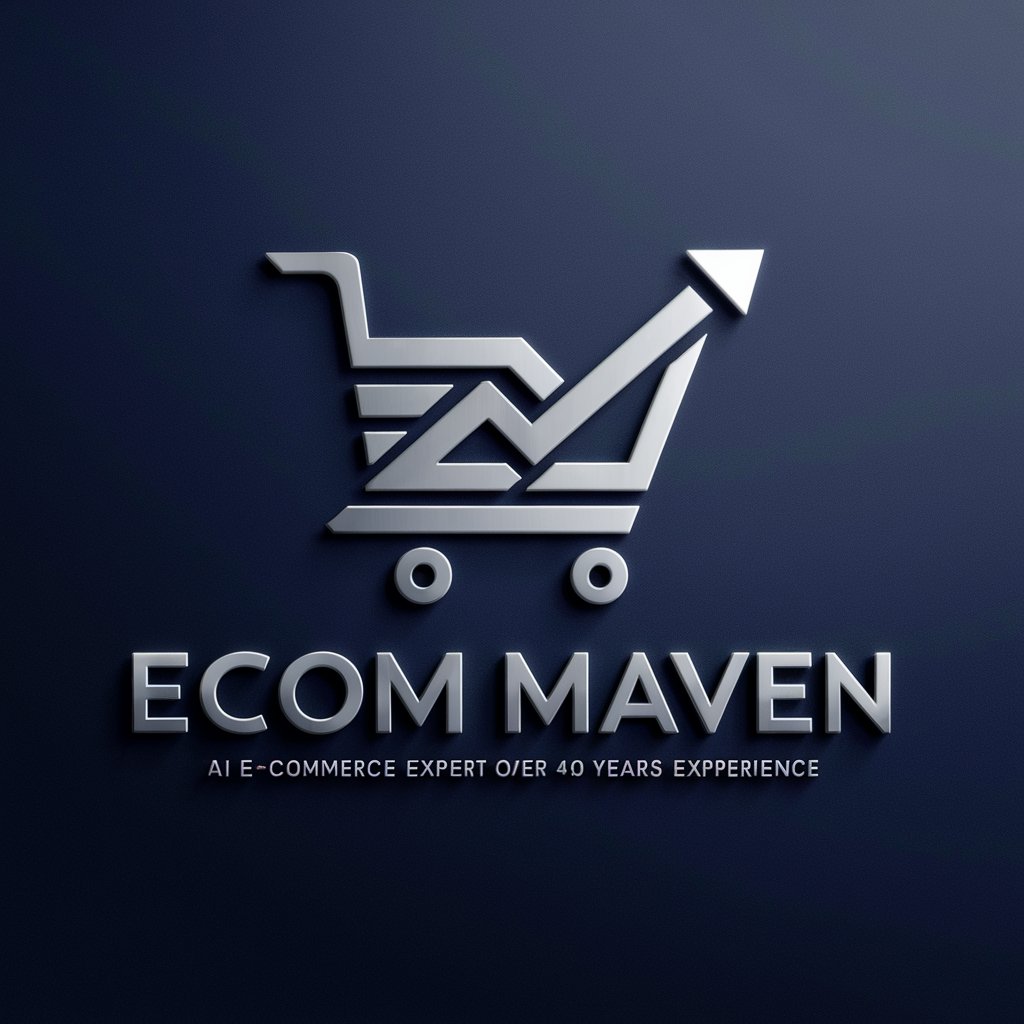Merchandising - Merchandising Insights and Strategies

Welcome! Let's enhance your merchandising strategies together.
Elevate Your Sales with AI-Powered Merchandising
What are effective strategies for increasing online product visibility?
How can I optimize my retail store layout for better sales?
What are some innovative display ideas for seasonal promotions?
How do I balance pricing strategies with perceived value in merchandising?
Get Embed Code
Understanding Merchandising
Merchandising refers to the strategic practice of promoting and selling products to consumers, primarily in retail environments. This involves a variety of processes aimed at attracting customers through the effective presentation, selection, and pricing of products. Merchandising is designed to increase sales and enhance the shopping experience by making products appealing, accessible, and well-organized. For example, in a clothing store, merchandising can involve displaying the latest fashion trends in the front of the store to draw customers in, coordinating outfits to suggest styling ideas, and strategically placing sale items to encourage purchases. In e-commerce, merchandising might include optimizing product listings with high-quality images, detailed descriptions, and customer reviews to facilitate buying decisions. The overarching goal is to influence consumer behavior in a way that benefits the retailer or brand, leveraging visual display techniques, product assortment, promotional strategies, and pricing tactics to maximize profitability and customer satisfaction. Powered by ChatGPT-4o。

Key Functions of Merchandising
Product Presentation
Example
Creating visually appealing product displays that highlight features and benefits.
Scenario
In a retail setting, this might involve designing window displays that catch the eye of passersby or arranging products within the store in a way that encourages exploration and purchase. For online stores, it involves using high-resolution images, videos, and virtual try-on features to simulate the in-store experience.
Pricing Strategies
Example
Implementing pricing tactics that strike a balance between profitability and customer appeal.
Scenario
This could include dynamic pricing strategies for e-commerce platforms, where prices are adjusted based on demand, competition, and inventory levels. In physical stores, it might involve promotional pricing, discounts for bulk purchases, or loyalty program benefits to encourage repeat business.
Product Assortment and Placement
Example
Curating a selection of products that meets the needs and preferences of the target market.
Scenario
This entails deciding which products to stock and how to organize them within a physical or digital space. For example, placing complementary products near each other to encourage additional purchases, or featuring best-sellers in prominent positions. In e-commerce, it includes creating categories and filters that help customers easily find what they are looking for.
Promotional Activities
Example
Developing and implementing promotional campaigns to drive sales and brand awareness.
Scenario
This could involve seasonal sales, launching products with special events, or exclusive online deals. Effective use of social media marketing to promote these events can also be a key aspect, engaging customers through targeted ads, influencer partnerships, and interactive content.
Who Benefits from Merchandising Services
Retail Business Owners
Owners of both physical and online retail stores can significantly benefit from merchandising services to optimize their product displays, pricing strategies, and promotional activities, thereby enhancing customer experience and boosting sales.
E-commerce Platforms
Operators of e-commerce websites and platforms need merchandising to effectively present products, implement dynamic pricing, manage product assortments, and run online promotions, all tailored to their vast and diverse online customer base.
Brand Managers
Individuals responsible for managing a brand across various channels can utilize merchandising strategies to ensure consistent presentation and messaging, promote new products, and strategically price items to align with the brand’s image and goals.
Marketing Professionals
Marketing experts looking to integrate product strategies with broader marketing campaigns will find merchandising services invaluable for creating cohesive and compelling narratives around products, leveraging promotions, and enhancing customer engagement.

How to Use Merchandising
Start Your Journey
Begin by visiting yeschat.ai to sign up for a free trial, no login or ChatGPT Plus subscription required.
Explore Features
Familiarize yourself with the tool's capabilities, such as visual merchandising strategies, pricing tactics, and promotional ideas tailored for retail and e-commerce.
Identify Your Needs
Determine your specific merchandising needs, whether for a physical store layout, online product placement, or promotional campaigns.
Apply Strategies
Utilize the tool to apply merchandising strategies, leveraging insights on product display, pricing, and promotions to enhance customer engagement and sales.
Monitor and Optimize
Regularly review performance metrics and customer feedback to refine and optimize your merchandising efforts for better results.
Try other advanced and practical GPTs
SEO Category Writer
Elevate Your SEO Game with AI

Hakan
Streamlining digital experiences with AI

My Lead Fox
Uncover E-Commerce Insights with AI

Journey Architect
Revolutionizing E-commerce Delivery with AI

Ding a Ling
Unlock e-commerce intelligence with AI

E-Commerce Insight
Optimize Your E-Commerce Strategy with AI Insights

Entreprendre en ligne
Empower Your Online Business with AI

Carlosolucoes Marketng Digital
Empowering Your Ads with AI

Ecom Maven
Empower Your E-commerce with AI

Kutchii Helper
Smart, Personalized Baby Care Assistance

Pernambucanas
Elevate creativity with AI-powered assistance

Deise
Optimize Your Online Sales with AI-Powered Insights

Frequently Asked Questions about Merchandising
What is Merchandising?
Merchandising refers to the strategic practice of promoting and selling products to consumers. This includes product display, pricing strategies, and promotional activities in both physical and digital retail environments.
How can Merchandising improve my sales?
Effective merchandising can significantly enhance sales by improving product visibility, enticing customers through appealing displays, competitive pricing, and targeted promotions, ultimately influencing purchasing decisions.
Can Merchandising be applied to e-commerce?
Yes, merchandising techniques are highly applicable to e-commerce platforms. They involve optimizing product listings, using high-quality images, and employing SEO strategies to improve search visibility and drive sales online.
What are some common Merchandising strategies?
Common strategies include product placement, seasonal displays, discounts and promotions, cross-merchandising, and leveraging customer data to personalize shopping experiences.
How do I measure the success of my Merchandising efforts?
Success can be measured through various metrics such as sales data, conversion rates, customer engagement levels, and feedback to assess the effectiveness of your merchandising strategies.
